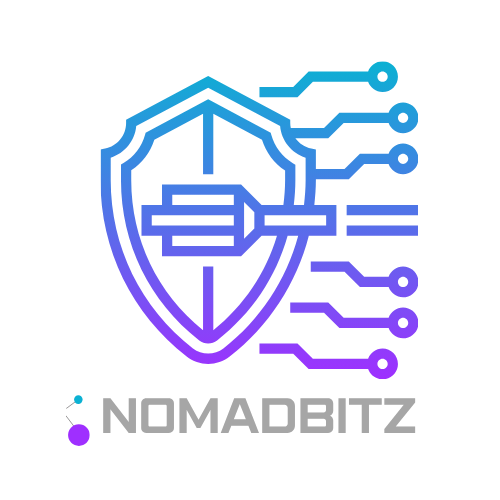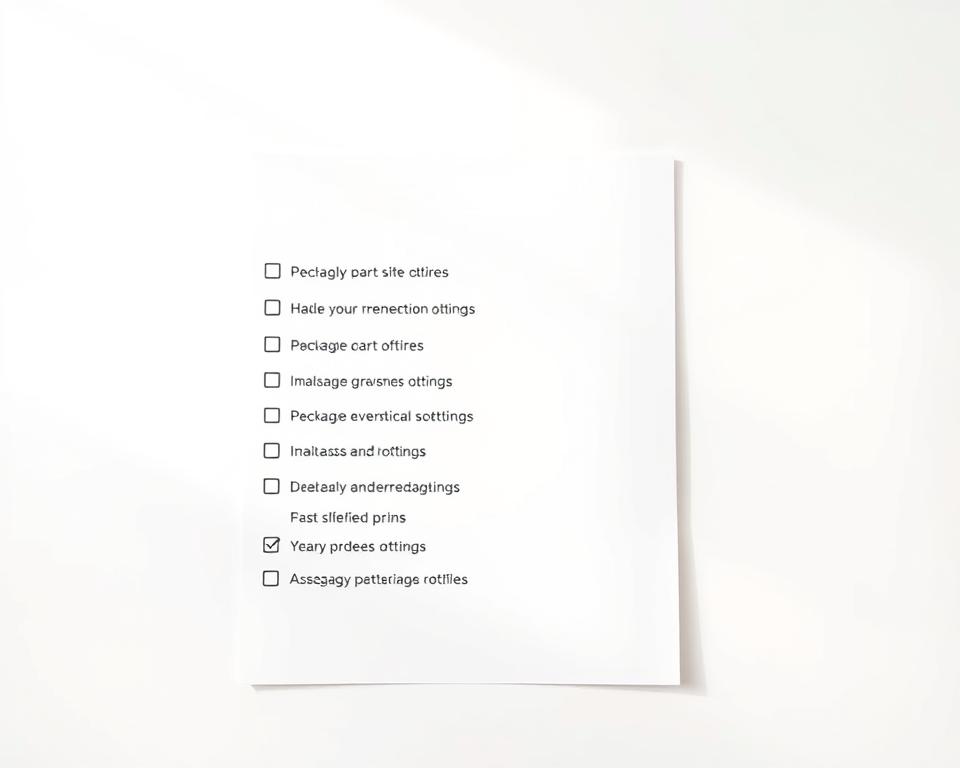Anúncios
business trends 2025 will shape how you plan and prioritize this year. Have you ever wondered which moves will likely pay off and which are just noise?
This guide gives clear, evidence-based insights you can test quickly with your team. It draws on recent research and signals from the U.S. market, but notes global forces that matter to your choices.
Expect AI to move into core workflows, sustainability to cut dependency on scarce inputs, and hyper-personalized customer experience to become a key differentiator. Resilience, automation, and smarter risk management will help you pivot faster when conditions shift.
Use this report to scan sections, pick one or two pilots, set KPIs, and measure outcomes before scaling. The market rewards disciplined iteration: small tests with clear metrics reduce risk and reveal real value.
Introduction: Why business trends 2025 matter for your next strategic move
For many leaders, the coming months are about turning signal into small, measurable bets. This short guide helps U.S. teams focus where payoff is likely. It uses recent research and practical experience to shape advice you can test.
Anúncios
Why this year feels pivotal: customers expect faster, more tailored service. Rules and tech are changing at speed. That combination forces clearer priorities for your teams and clearer decisions.
Context and relevance for U.S. companies
Many business leaders in the United States are moving from hype to strategy. Real-time data and model-driven choices are rising. Customer experience now separates winners from the rest.
How to read this trend report and apply it
- Pick 1–2 sections most relevant to your core goals.
- Define clear KPIs and a 60–90 day pilot window.
- Run a low-risk test, measure weekly, and document assumptions.
- Decide to scale, iterate, or stop based on results.
Key cautions: Treat insights as guidance, test before scaling
These are directional insights, not guarantees. Your customers, constraints, and context shape outcomes. Share plans across marketing, ops, finance, and IT to avoid duplicate work.
Anúncios
Start small. Track results. Use findings to refine your business strategy and speed learning across teams.
From hype to strategy: Generative AI becomes a core business capability
Companies are moving past chat interfaces and treating models as engines that power core decisions and services. This shift means you must plan around models, not just features.
What’s changing: beyond chatbots
Models inform products and operations now. Netflix shows how recommendations drove over 80% of engagement. Similarly, predictive models can steer inventory, pricing, and personalization.
Practical moves you can try
Start small and measure. Prioritize a clean data foundation: labeled data, governance, and pipelines that feed analytics and future models.
- Pilot a workflow copilot in support to triage tickets and suggest replies.
- Deploy predictive analytics for demand forecasting and churn alerts.
- Track KPIs weekly: response time, cost per ticket, and days sales outstanding.
Risks to manage
Align teams on model risk management to address bias, explainability, and data security. Choose platforms with strong audit trails and document prompts and approvals.
“Start with a narrow scope, set clear KPIs, and compare to baseline weekly.”
Hyperautomation and the intelligent enterprise
Hyperautomation stitches real-time data into a shared fabric so teams can act faster and with less friction.
Vision: Real-time data flows that connect marketing, ops, finance, and supply
The intelligent enterprise links signals across departments. Shared event-driven integrations and simple analytics help you spot issues and seize opportunities in near real time.
Implementation playbook: Map processes, integrate systems, measure throughput
- Map end-to-end: trace lead-to-cash and procure-to-pay to find handoffs and bottlenecks.
- Integrate via APIs and event streams to cut swivel-chair work; enforce data quality at each junction.
- Define KPIs: cycle time, first-pass yield, on-time delivery, and backlog aging to measure impact.
Applied example: Predictive maintenance and demand forecasting in manufacturing
Sixty-seven percent of companies already use automation for visibility. Tesla’s Gigafactories show how robotics, IoT, and AI reduce costs and boost efficiency—real results you can translate to your teams.
چھوٹی شروعات کریں: build an automation backlog, pick tasks that save the most time, and iterate with guardrails. Choose platforms that offer monitoring, logging, and role-based access so your people can troubleshoot quickly and securely. These steps create measurable advantage and a sustainable transformation for your organizations.
Sustainability and circular economy shift from optics to operations
You’ll see sustainability move into everyday operations as leaders chase cost resilience and clearer compliance. This shift is practical: tighter disclosure rules, higher buyer expectations, and rising input prices force real operational change.
Signals to watch: regulation, consumer demand, and cost resilience
Global searches for sustainable goods rose 71% over five years, and 92% of buyers trust responsible brands.
Fifty-five percent of consumers say they’ll pay more for eco-friendly options. These signals matter across many industries and should shape your priorities.
Operational levers: design for reuse, transparent supply, and waste reduction
Start with material impact. Identify top contributors to emissions and waste, then set credible targets tied to operations—not just marketing.
- Design: Redesign products for durability and repairability; plan reverse logistics for returns and refurb programs.
- Traceability: Increase supply transparency with audits and supplier collaboration to cut scope 3 where feasible.
- Waste controls: Improve forecasting, monitor scrap and packaging intensity, and tighten process controls to cut costs.
“Pilot one circular initiative, measure costs saved and customer response, then iterate.”
Examples like Patagonia and Levi’s show repair and buy-back programs can reduce waste and unlock resale revenue. Build a cross-functional cadence so organizations can prioritize investments and validate results. Communicate progress with clear metrics and avoid greenwashing by sharing methods and baselines.
Customer experience and hyperpersonalization at scale
When price and features match, the way you make customers feel becomes the deciding factor. Make CX your edge by turning signals into timely, personal moments that reduce churn and boost spend.

Why CX wins: meet customers where they are
64% of customers will switch after one bad interaction. That shows how fragile loyalty can be.
Prioritize ease. Meet people on the channel they prefer and resolve issues without forcing handoffs.
Data to action: omnichannel journeys and dynamic offers
Build a clean customer data foundation to power analytics that drive personalized messages and offers.
- Map journeys across web, mobile, in-store, and support on common platforms to remove friction.
- Use analytics to serve dynamic offers and real-time help; test segments and measure the benefits.
- Pilot a recommendation engine and compare conversion, basket size, and churn vs. control.
Measure what matters: retention, LTV, and speed
Track retention rate, lifetime value, first contact resolution, CSAT, and average resolution time for services.
“For every 1% rise in satisfaction, retention climbs about 5% — small wins compound.”
Close the loop weekly: collect feedback, review results, and refine journeys based on what customers actually do.
Remote and hybrid work as flexibility strategy
Flexibility matters. Treat remote and hybrid options as a deliberate strategy to widen your talent pool and improve retention for workers who value autonomy.
Talent advantage: Access to broader skills and improved retention
Data show many workers want choice: nearly all prefer some remote option and a third favor hybrid models. Spotify’s Work from Anywhere pilot raised satisfaction by about 20% and cut attrition roughly 15% within a year.
Keep expectations realistic. Offer flexibility to attract candidates beyond your metro area, but measure hiring pipeline quality and engagement when you roll changes out.
Execution basics: Clear norms, asynchronous tools, and culture rituals
Start with a small pilot. Test a hybrid schedule in one function for 90 days and track productivity, candidate quality, and engagement.
- Define norms: meeting-free focus blocks, response-time expectations, and documentation standards to save time and avoid confusion.
- Favor asynchronous tools for updates, decisions, and knowledge sharing; save live sessions for real-time work.
- Build rituals: virtual onboarding cohorts, recognition moments, and periodic in-person meetups tied to milestones.
- Set management practices that reward outcomes, not hours; train managers in remote coaching and inclusive facilitation.
Continuously refine your practices based on employee feedback and simple metrics. For further context on evolving policies, see remote work trends.
Cybersecurity and data privacy as table stakes in 2025
Your exposure grows as attackers scale up; smaller teams often face the steepest fallout.
Threat landscape: Rising costs of attacks and SMB exposure
Cyberattacks are climbing in frequency and impact. Estimates show annual global costs could top $10 trillion.
Smaller companies often lack dedicated security staff. That gap raises recovery time and overall costs for many teams.
Foundational controls: MFA, encryption, updates, and least-privilege access
Start with basics you can enforce today. Enable multi-factor authentication everywhere and patch systems quickly.
Encrypt sensitive data in transit and at rest. Apply least-privilege across platforms and audit permissions for third-party tools.
Governance and compliance: Policies, training, and periodic audits
Document incident-response plans, backups, and vendor review procedures. Assign clear ownership for each policy.
Train staff on phishing, passwords, and safe data handling. Run tabletop exercises and schedule regular audits to meet federal and state rules that affect your organizations and services.
- Track leading indicators: patch latency, phishing reports, and time to revoke access.
- Treat security as ongoing: review controls, measure results, and iterate.
“Make basic controls non-negotiable; continuous review is your best defense.”
Navigating costs and resilience within business trends 2025
Managing price and resilience is about steady tests, not big leaps. You face real challenges that affect margins and customer trust. Use a simple playbook that protects relationships while stabilizing operations.
Price and cost playbook: gradual adjustments and supplier contracts
Favor gradual changes. Small price moves let you measure churn, conversion, and average order value by cohort.
Secure fixed-term supplier contracts when possible to smooth input swings. Review terms annually or biannually in tight markets to stay flexible.
Operational resilience: scenario planning, agile supply, and metrics
Run scenario planning for demand shifts, logistics delays, and currency moves. Model margin impact and define clear trigger points for decisions.
- Design agile supply with dual sourcing and inventory visibility across nodes.
- Track resilience metrics: cash runway, inventory turns, lead times, and forecast accuracy vs. actual demand.
- Test pricing moves with small segments before broader rollout and monitor results closely.
“Talk to customers early—explain drivers, offer value options, and protect loyalty.”
Revisit the playbook each quarter to reflect market signals and operational learnings from prior months and years.
Extended reality (XR) enters practical workflows
Extended reality is moving from novelty demos into tools that solve real workflow problems. You can pilot XR to improve how people buy, learn, and sell without heavy upfront cost.
Markets show promise: AR and VR revenue is projected to reach $46.6B. Macy’s virtual room designer is a clear example of product visualization helping shoppers decide faster.
Use cases to pilot: virtual try‑ons, training, and demos
Pick practical pilots that map to one outcome. Focus on conversion, training completion, or time saved.
- Virtual try‑ons: let customers visualize products and reduce returns for apparel and furniture.
- Immersive training: simulate rare or risky field scenarios to improve readiness and cut errors in services.
- Interactive demos: use XR to showcase complex products or bundled services across industries and sales channels.
Getting started: low‑cost WebAR and outcome pilots
Begin with simple tools before custom apps. WebAR and social effects let you test engagement fast on existing platforms.
- Define the behavior you want to change—add-to-cart, dwell time, or training pass rate—and set a clear metric.
- Use affordable platforms and templates to build a prototype for one product line; storyboard the flow and run a short test.
- Integrate XR with your content and data so experiences can be personalized by role, industry, or buyer stage.
“Start with a narrow pilot, measure ROI and repeat usage, then scale development where you see real growth.”
نتیجہ
Focus on measurable pilots. Use simple platforms and small tests to turn data and analytics into clearer customer outcomes. Pick one or two initiatives, set short time-boxed goals, and compare results to a baseline.
Give workers clear roles and time to learn new tools. Track a short list of metrics that show market impact, customer experience, costs, and operational reliability.
Iterate deliberately: scale what proves durable, stop what does not, and review plans quarterly to keep resilience and supply choices aligned with demand.
Lead with curiosity and care—prototype in real time, learn from customers, and make decisions that create lasting advantage across companies and industries in the year ahead.



